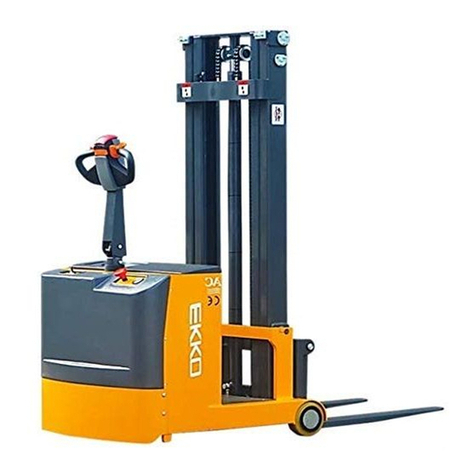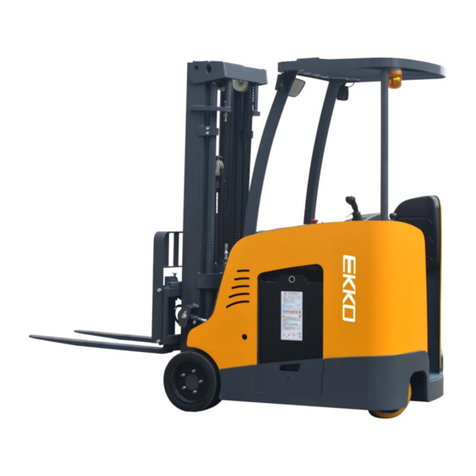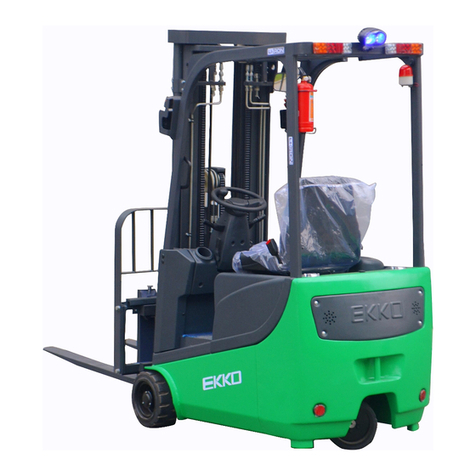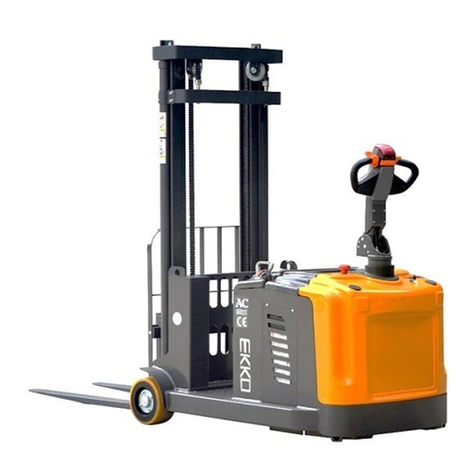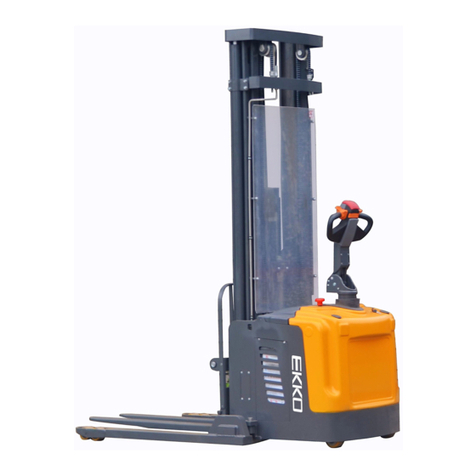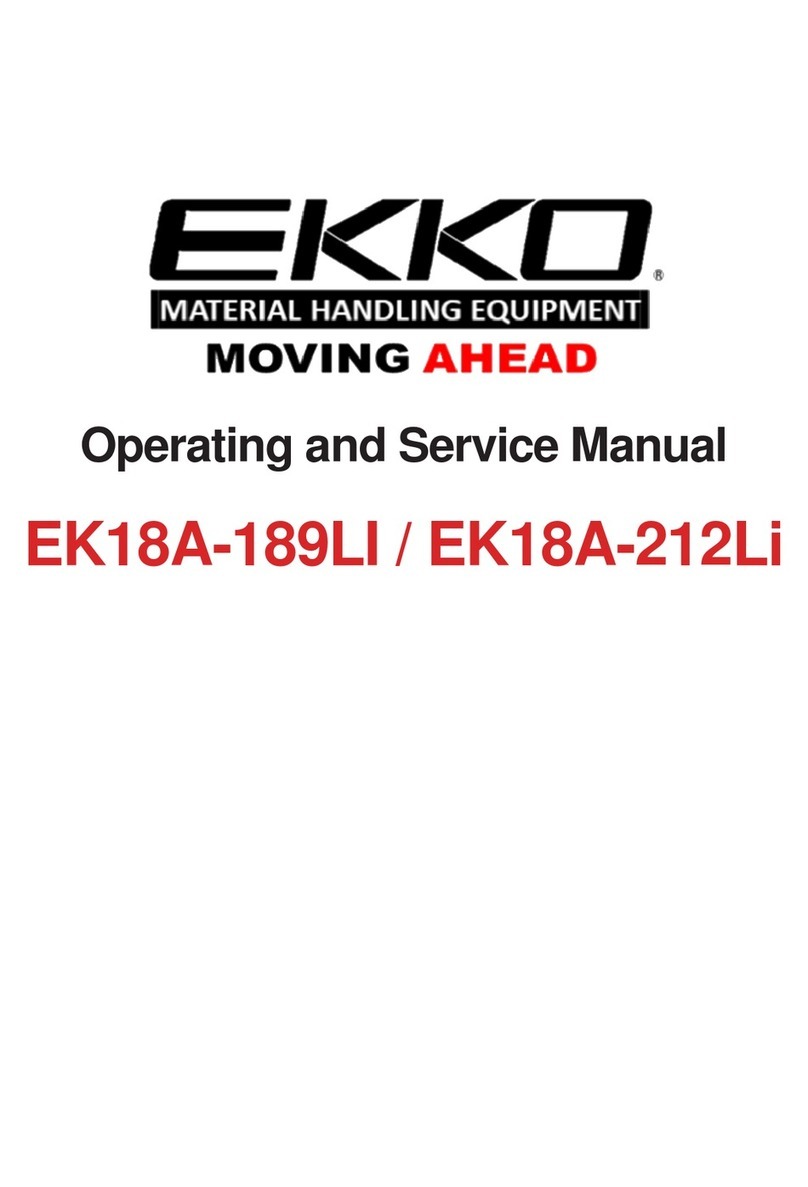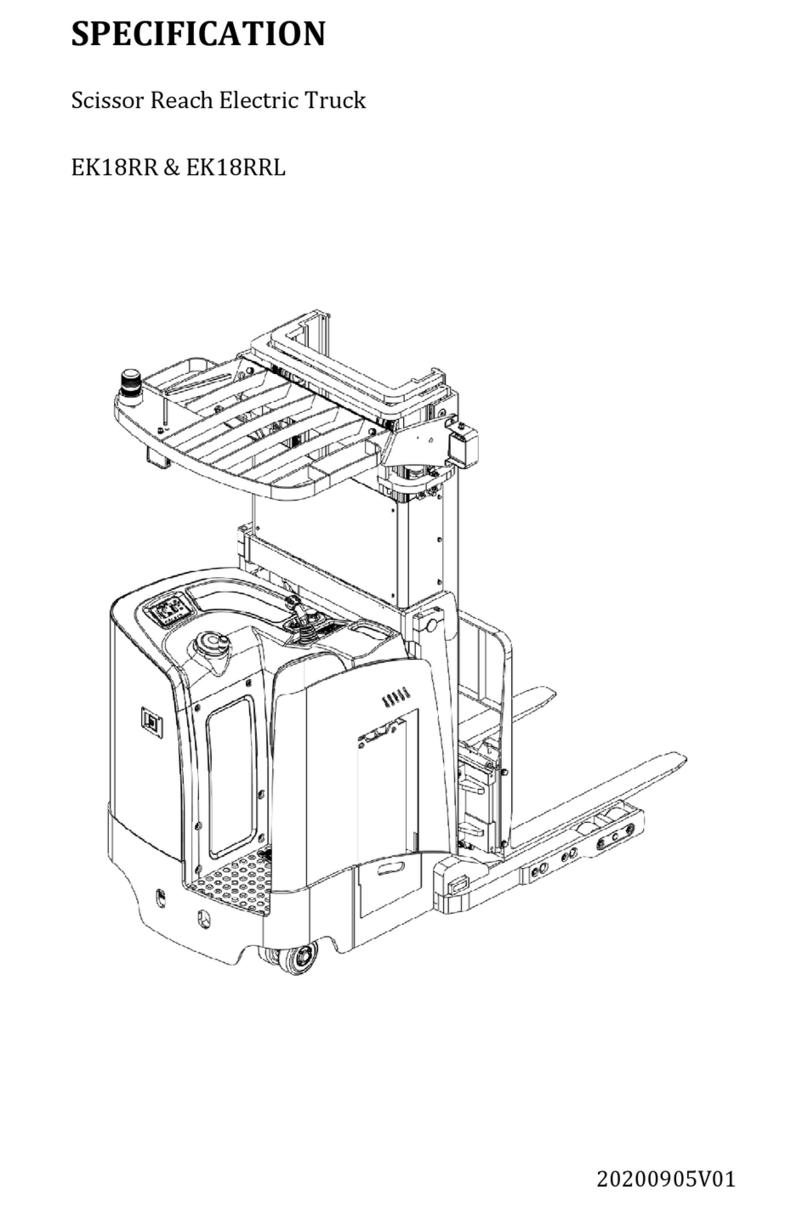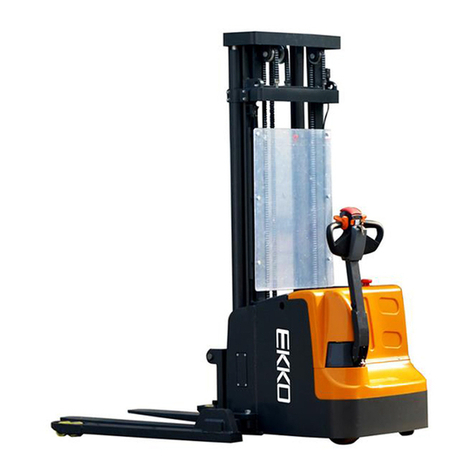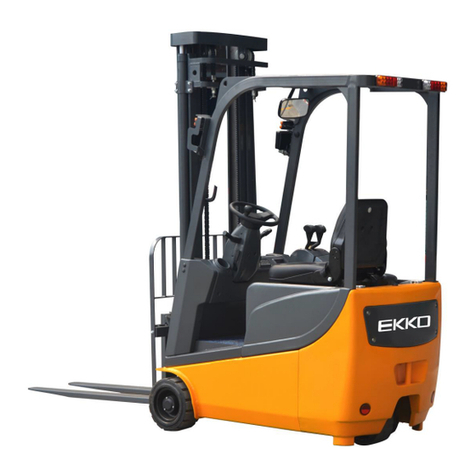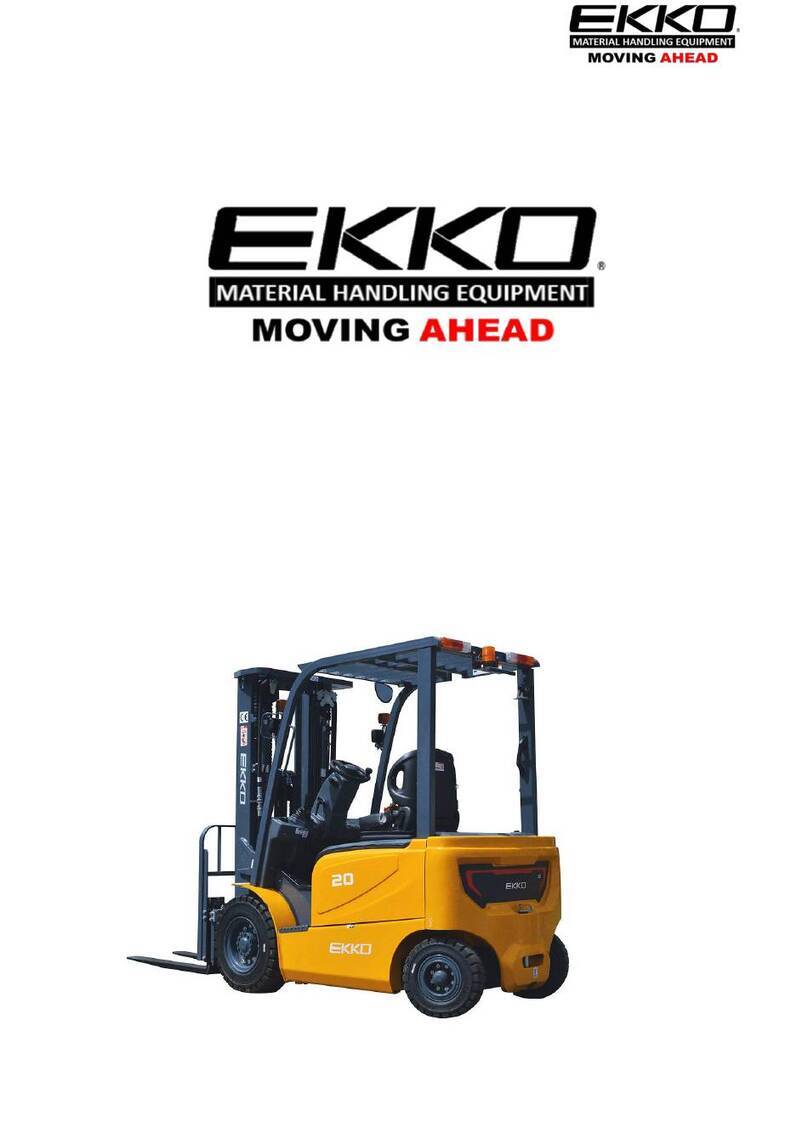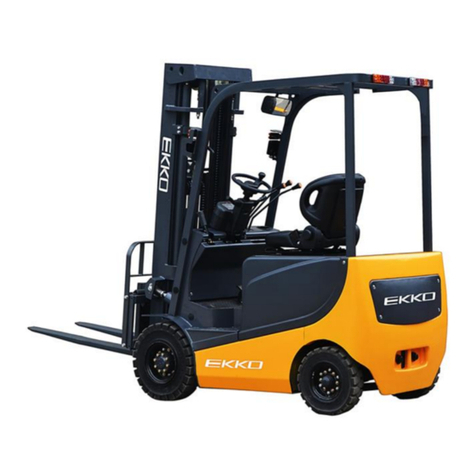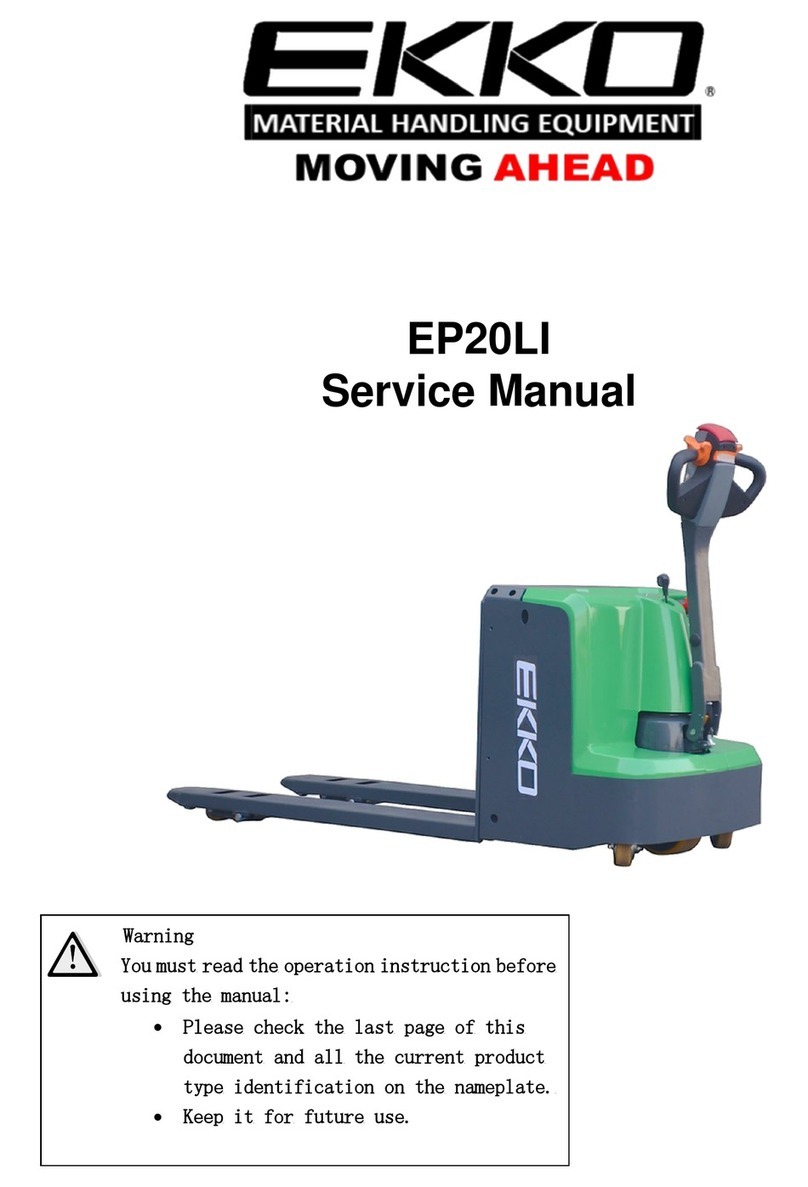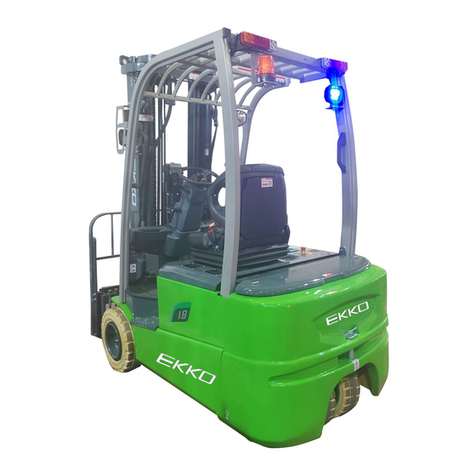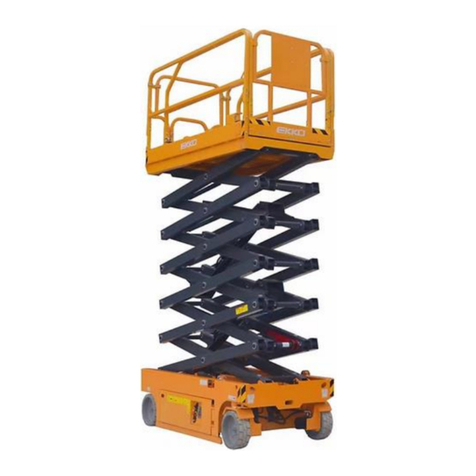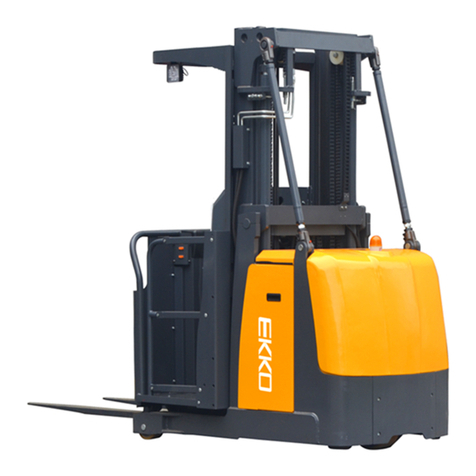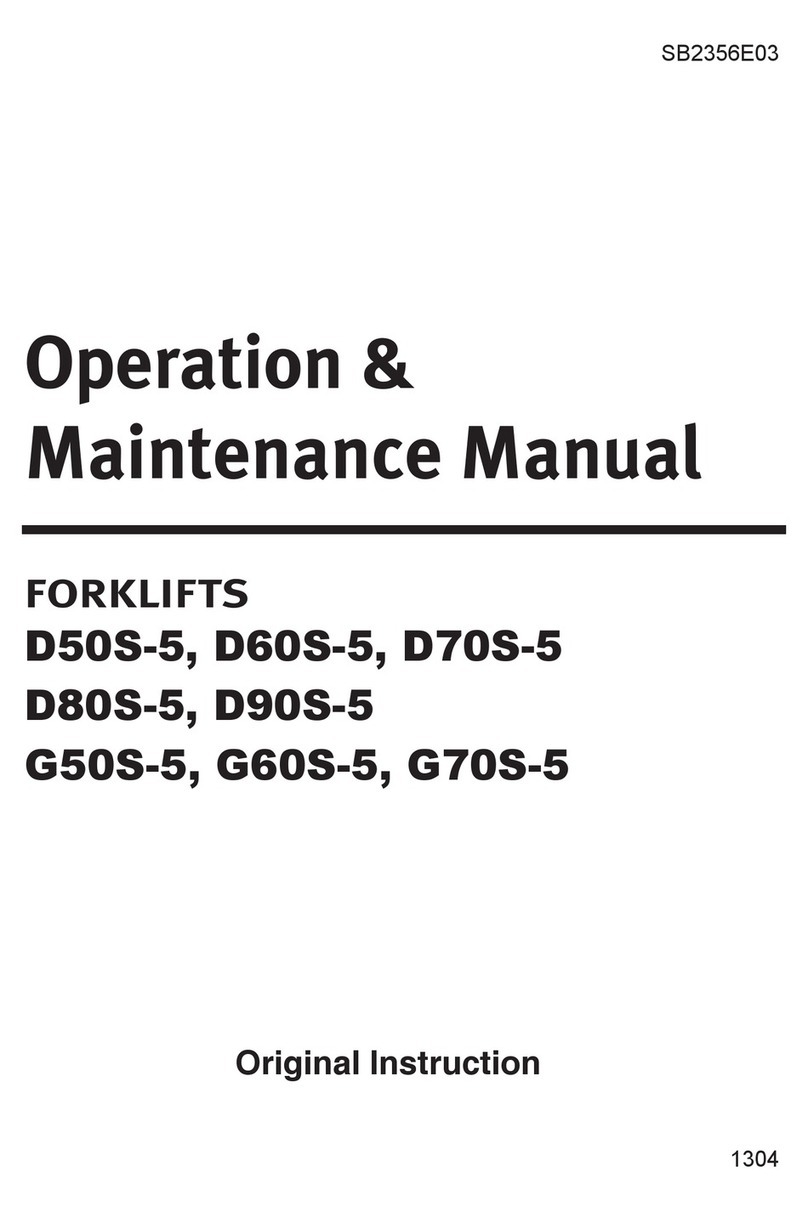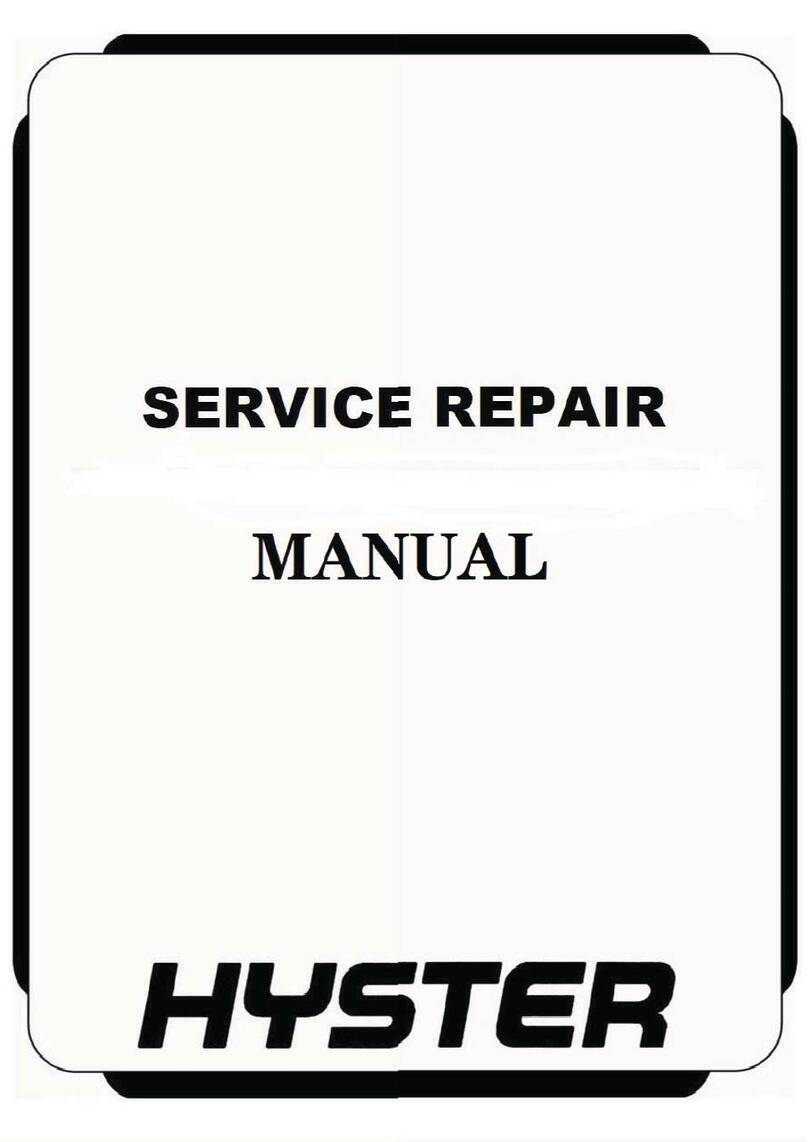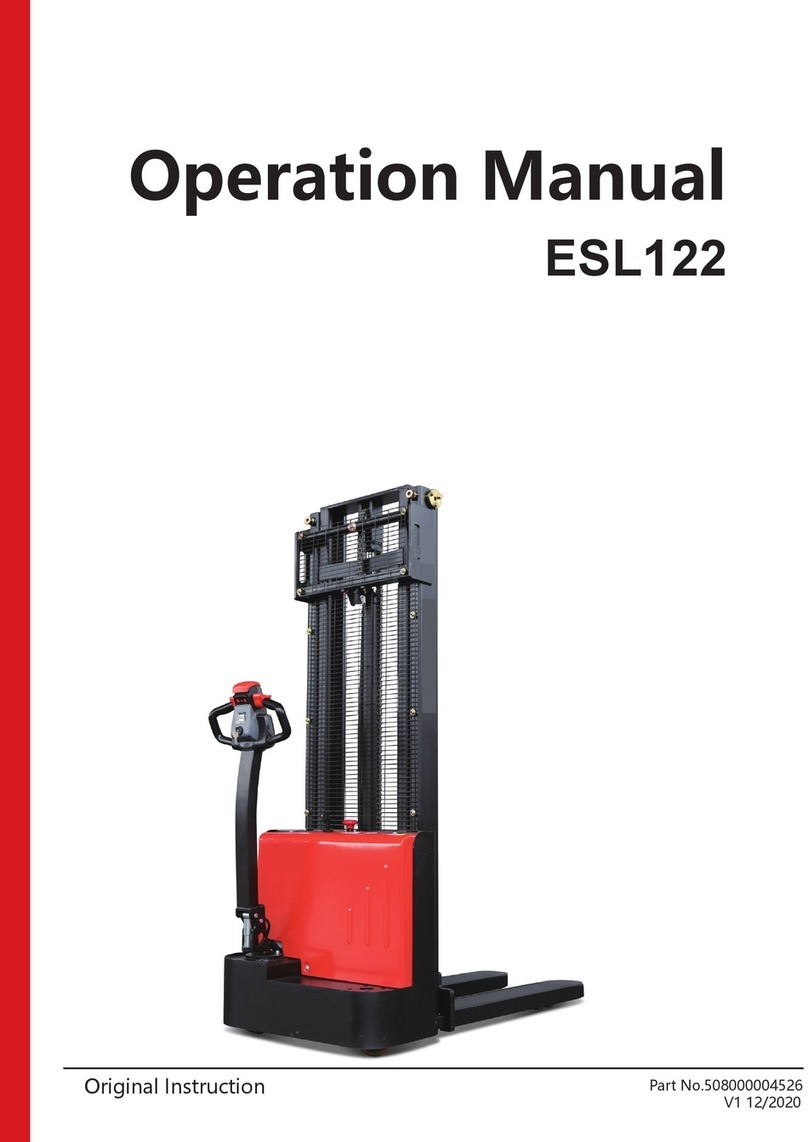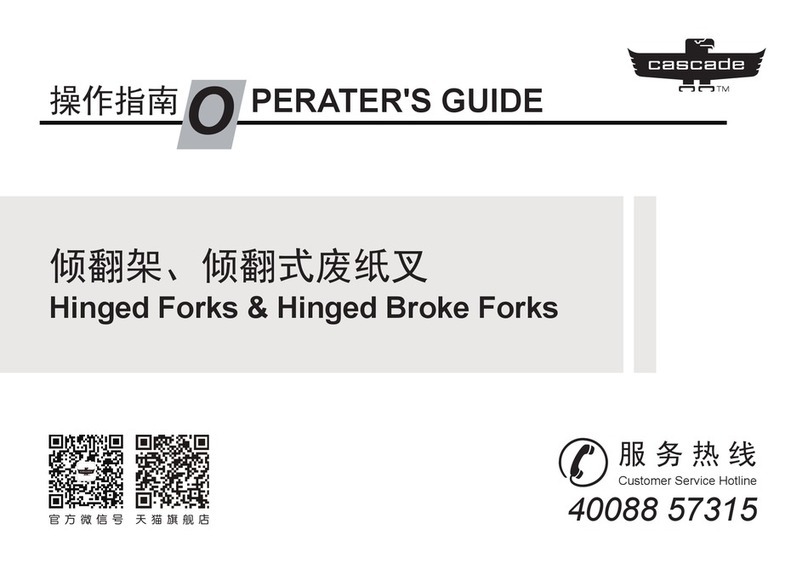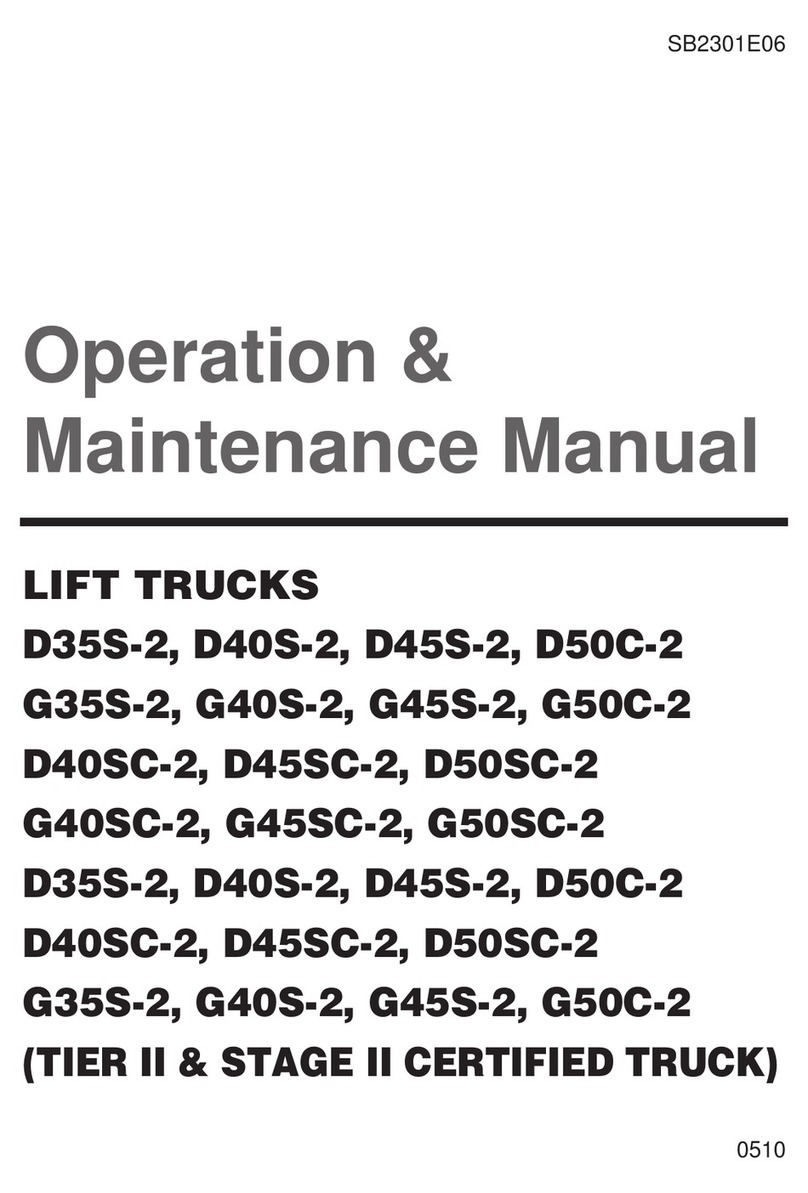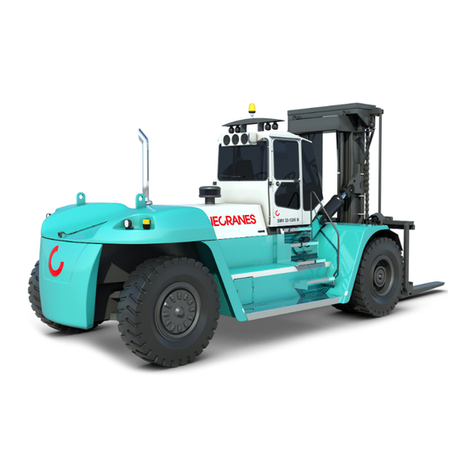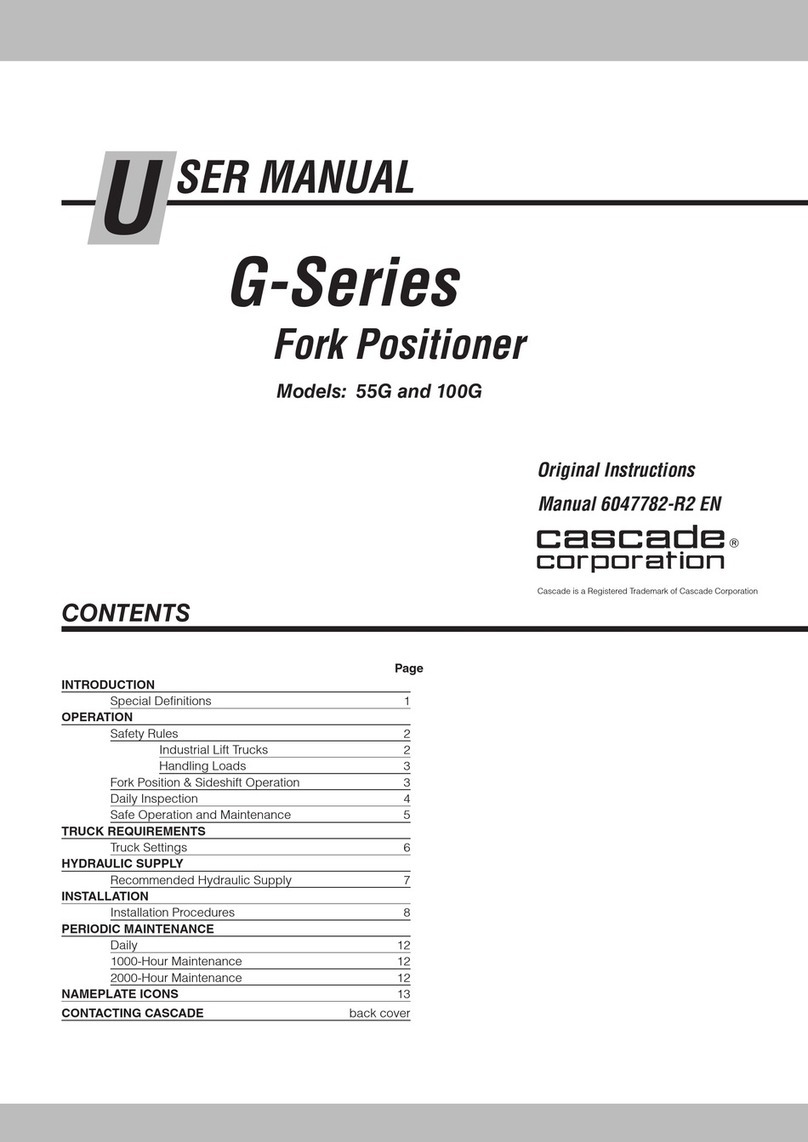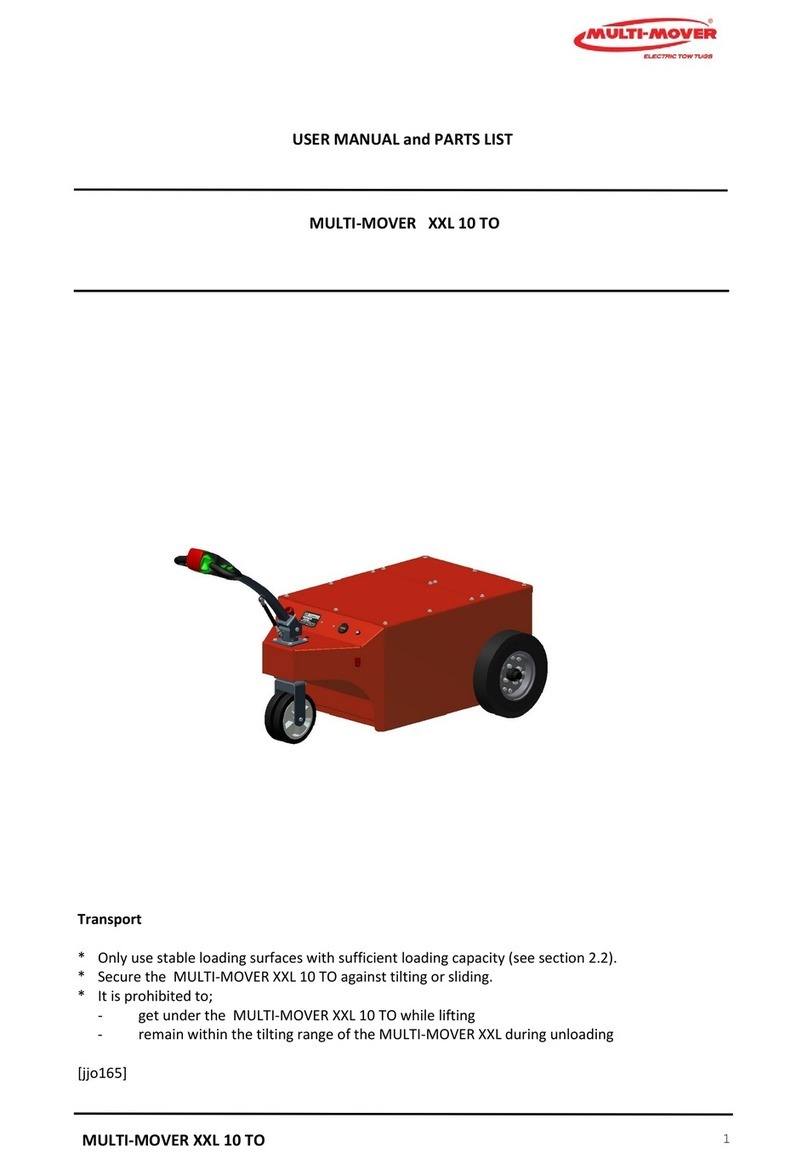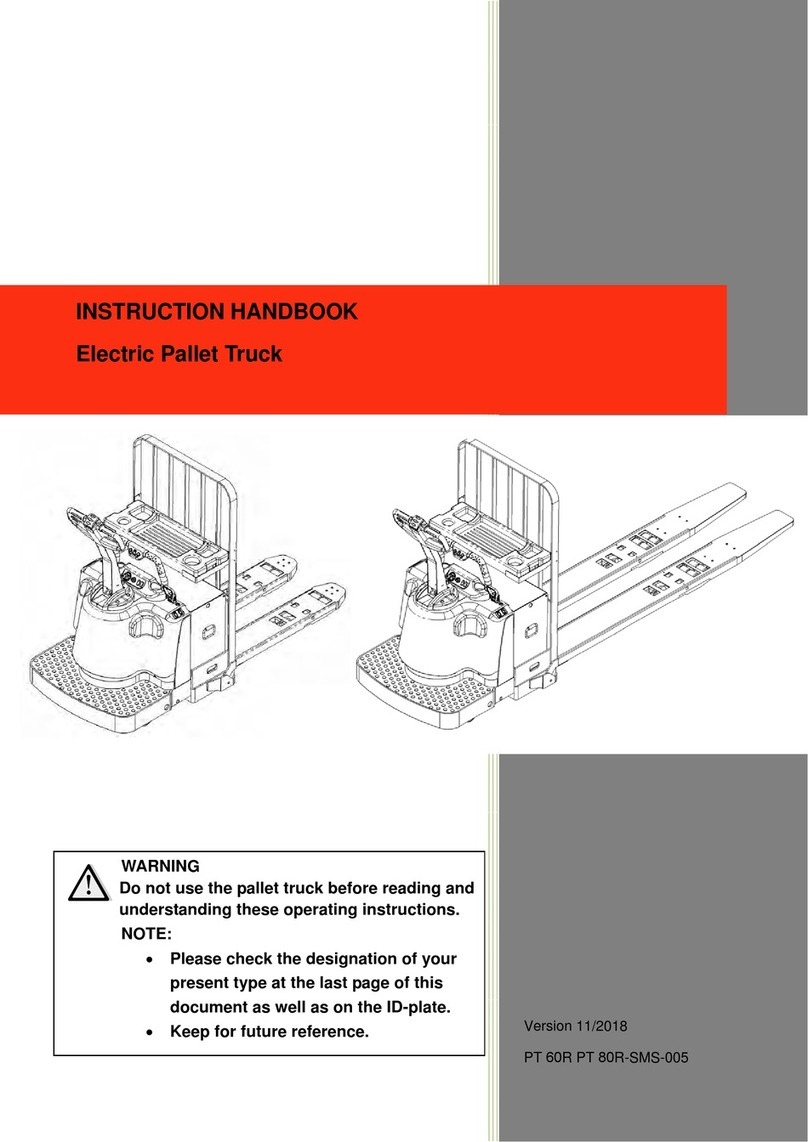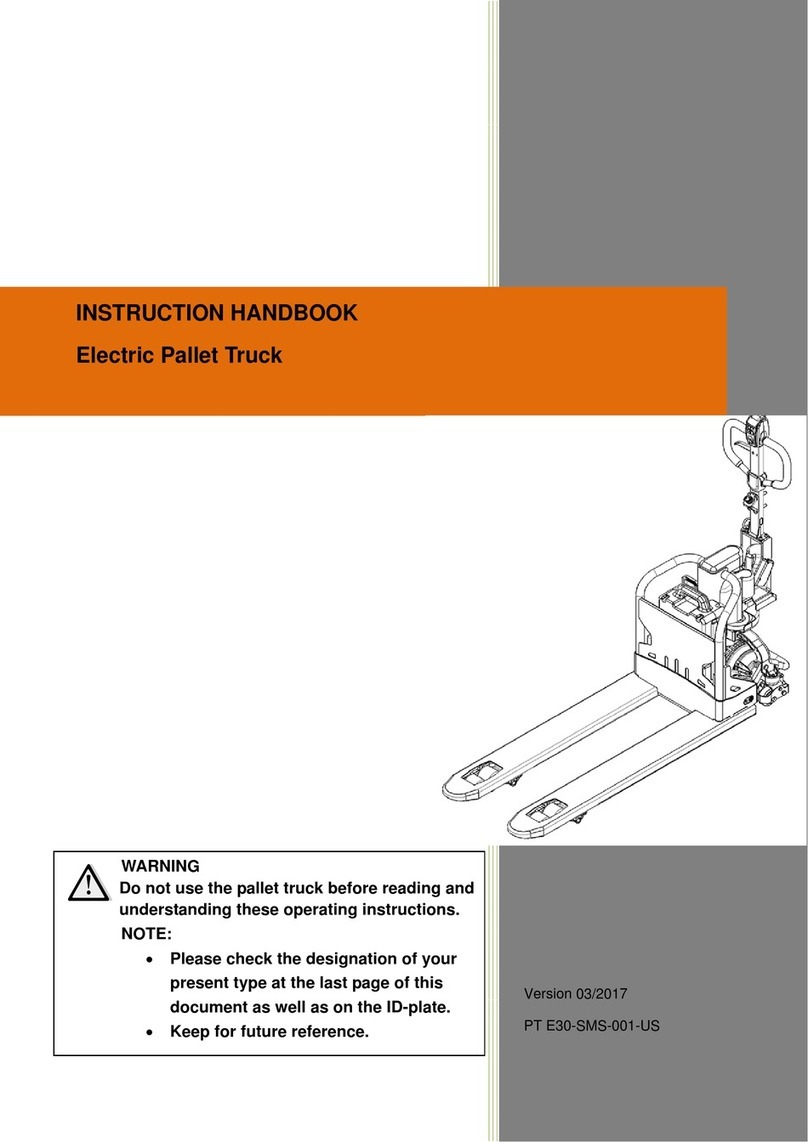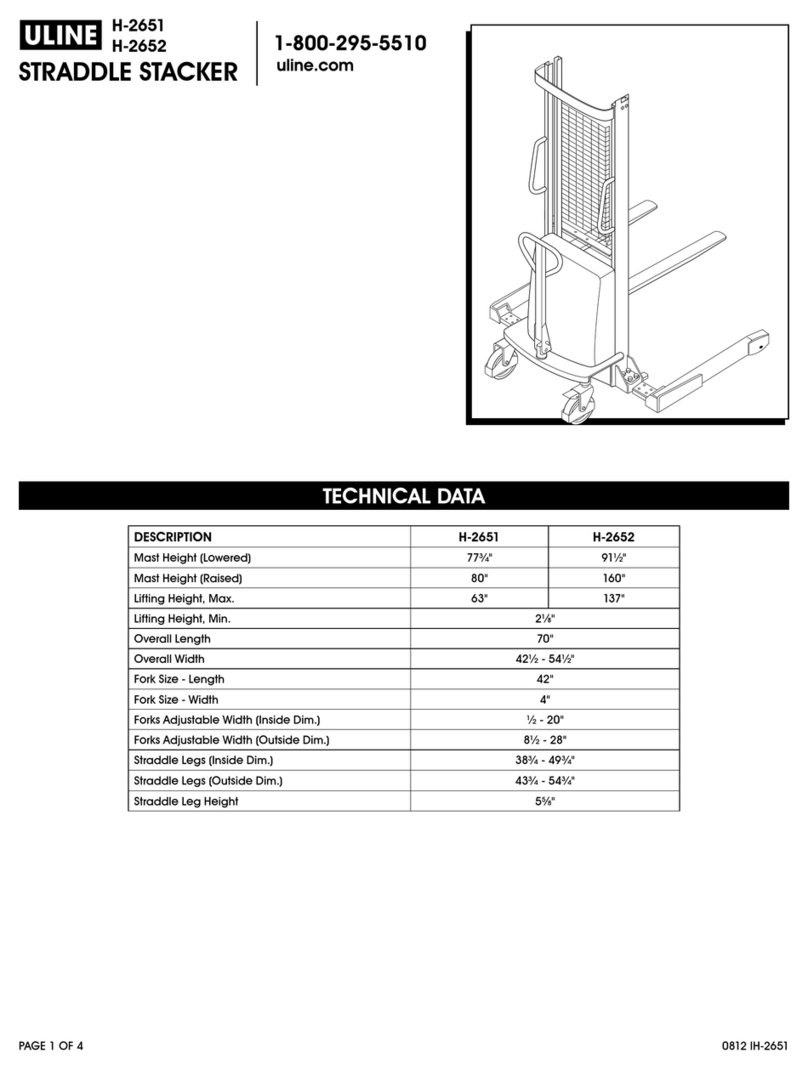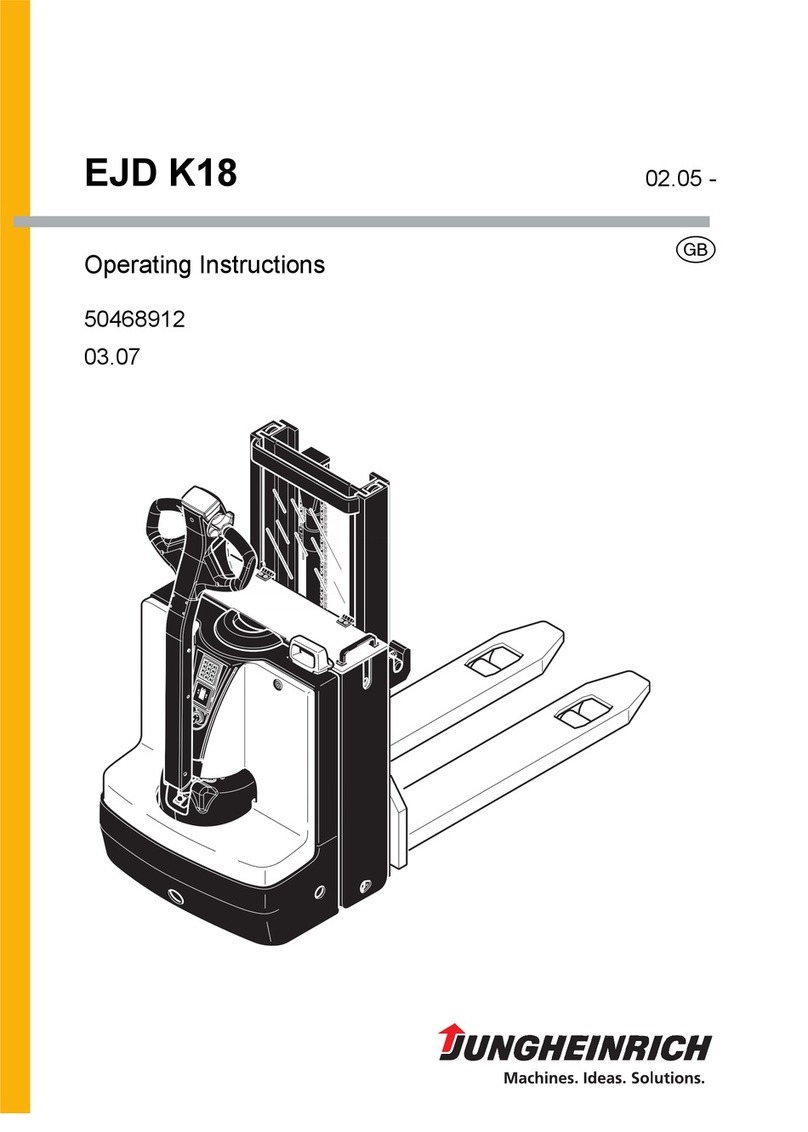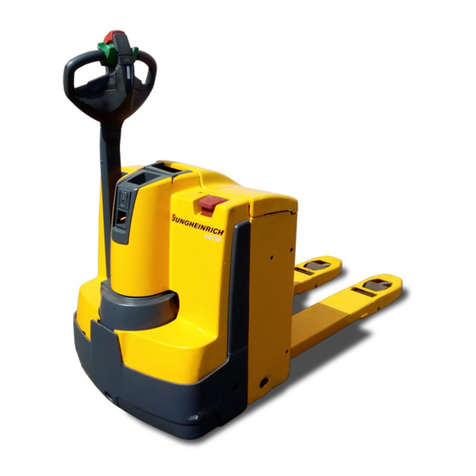Content
1.The General Introduction.............................................................................................1
2. Proper use ........................................................................................................................ 2
3.Introduce of the product .............................................................................................. 3
3.1Product overview ............................................................................................................. 3
3.2Model parameters............................................................................................................. 3
4.Operating principle........................................................................................................5
5. Operating principle .......................................................................................................6
5.1Running system.................................................................................................................. 6
5.2 Steering system................................................................................................................. 6
5.3 Brake structure and brake schematic diagram. ................................................... 6
5.4 Operating System............................................................................................................. 8
5.5 Electric System.................................................................................................................. 8
5.6 Hydraulic principle.......................................................................................................... 8
6. Electrical schematic diagram.....................................................................................9
7. Hydraulic Scheme ....................................................................................................... 10
8.Operating Instruction................................................................................................. 11
8.1 Start, run and parking: .................................................................................................11
8.2The using of emergency power safety switch ......................................................11
8.3 The use of Horn and reversing Horn ......................................................................12
8.4 Battery capacity indicator...........................................................................................12
8.5Operation............................................................................................................................12
9.Maintenance and care instructions ....................................................................... 13
W1 = Every 50 work hours, but at least once a week..............................................14
10.Safety Caution ............................................................................................................. 21
10.1 General rule ...................................................................................................................21
10.2 Storage and transportation......................................................................................21
10.3 Check before using......................................................................................................22
10.4Safety operation regulation......................................................................................22
11.Service Manual ........................................................................................................... 26
12.After Sales Service..................................................................................................... 28
